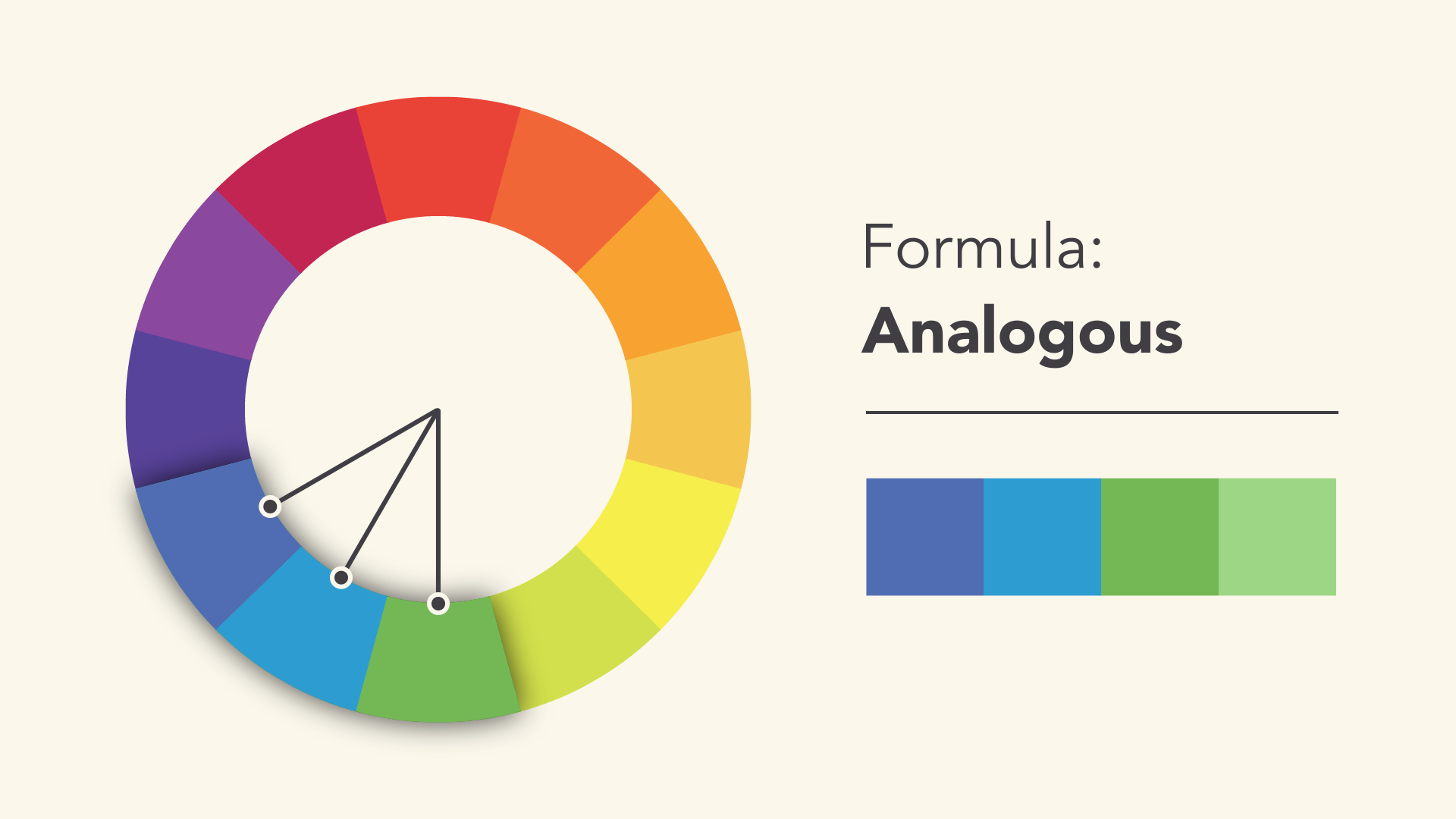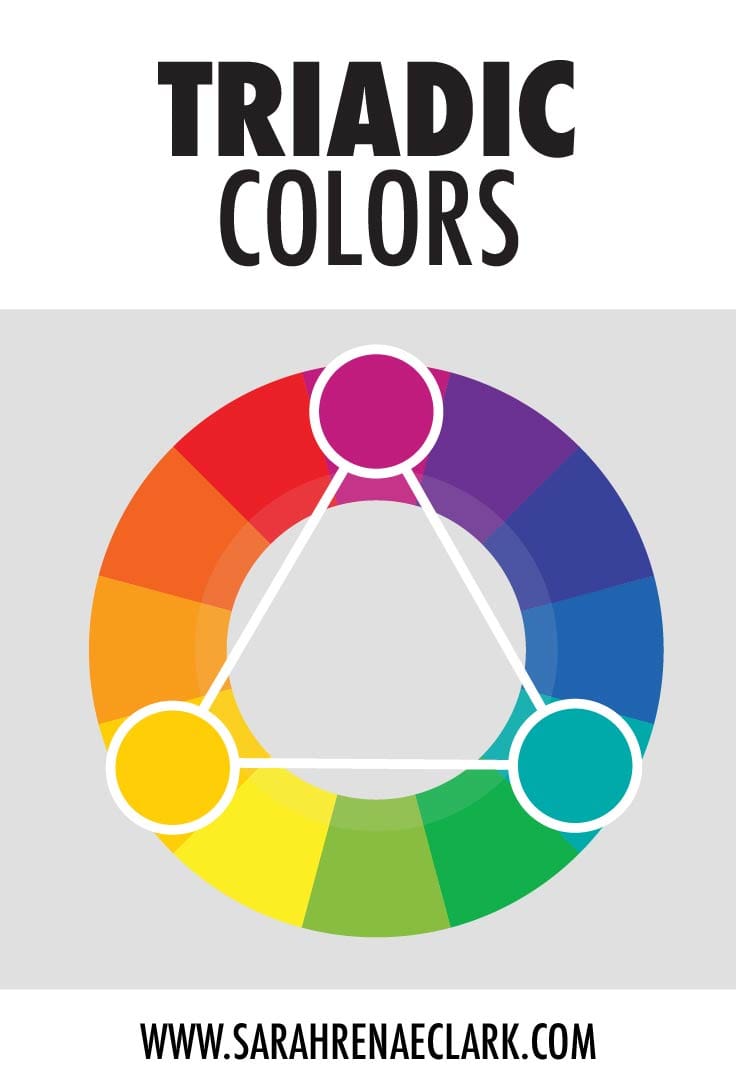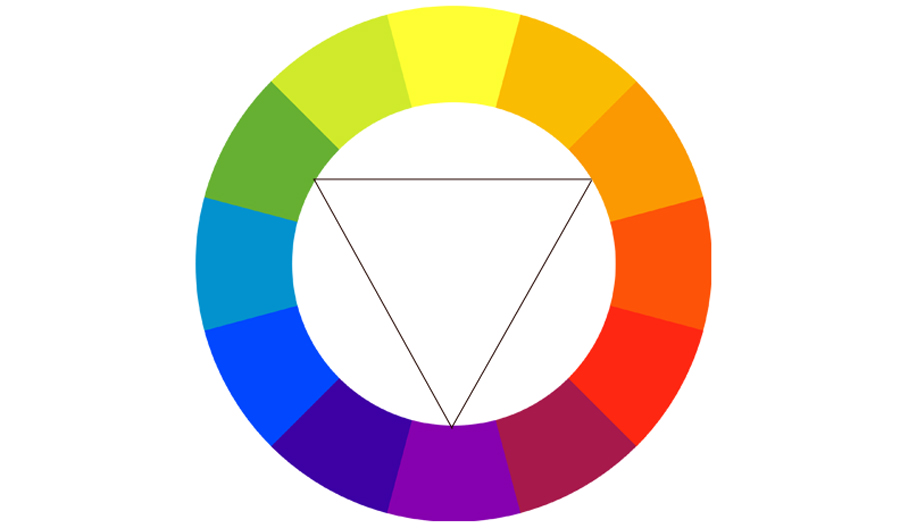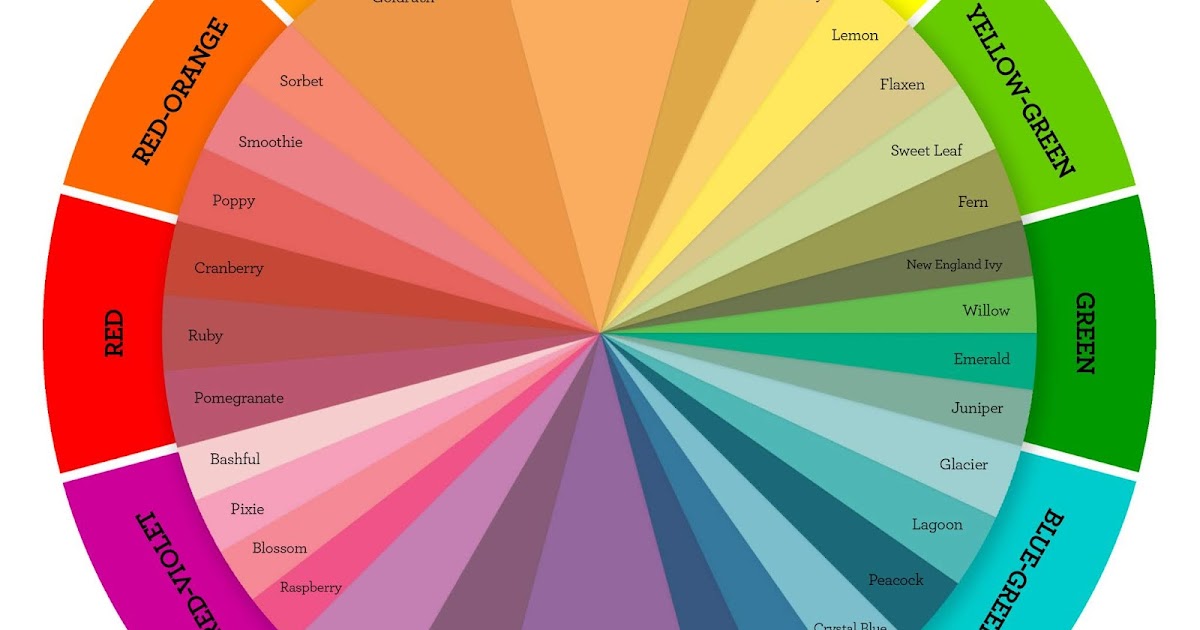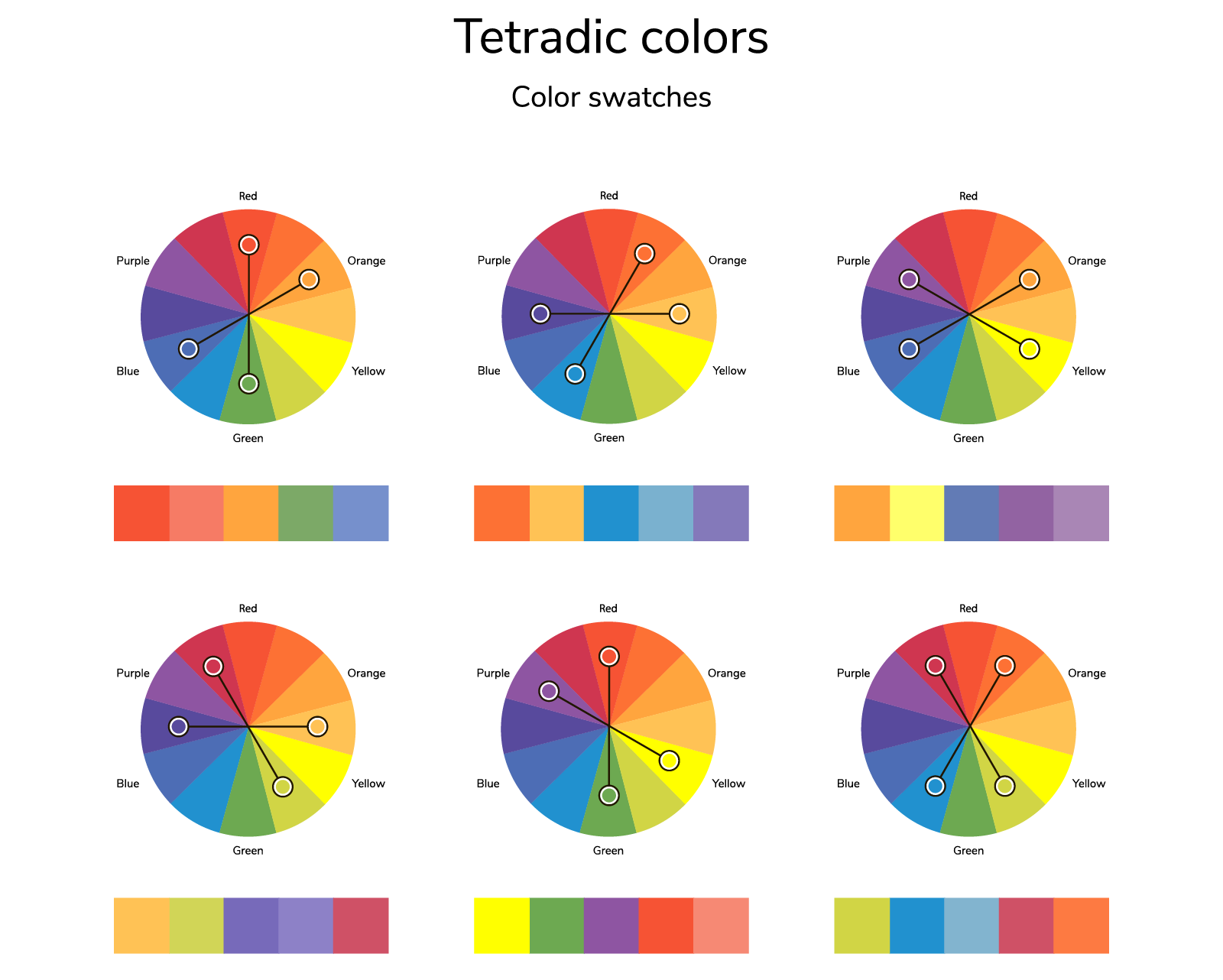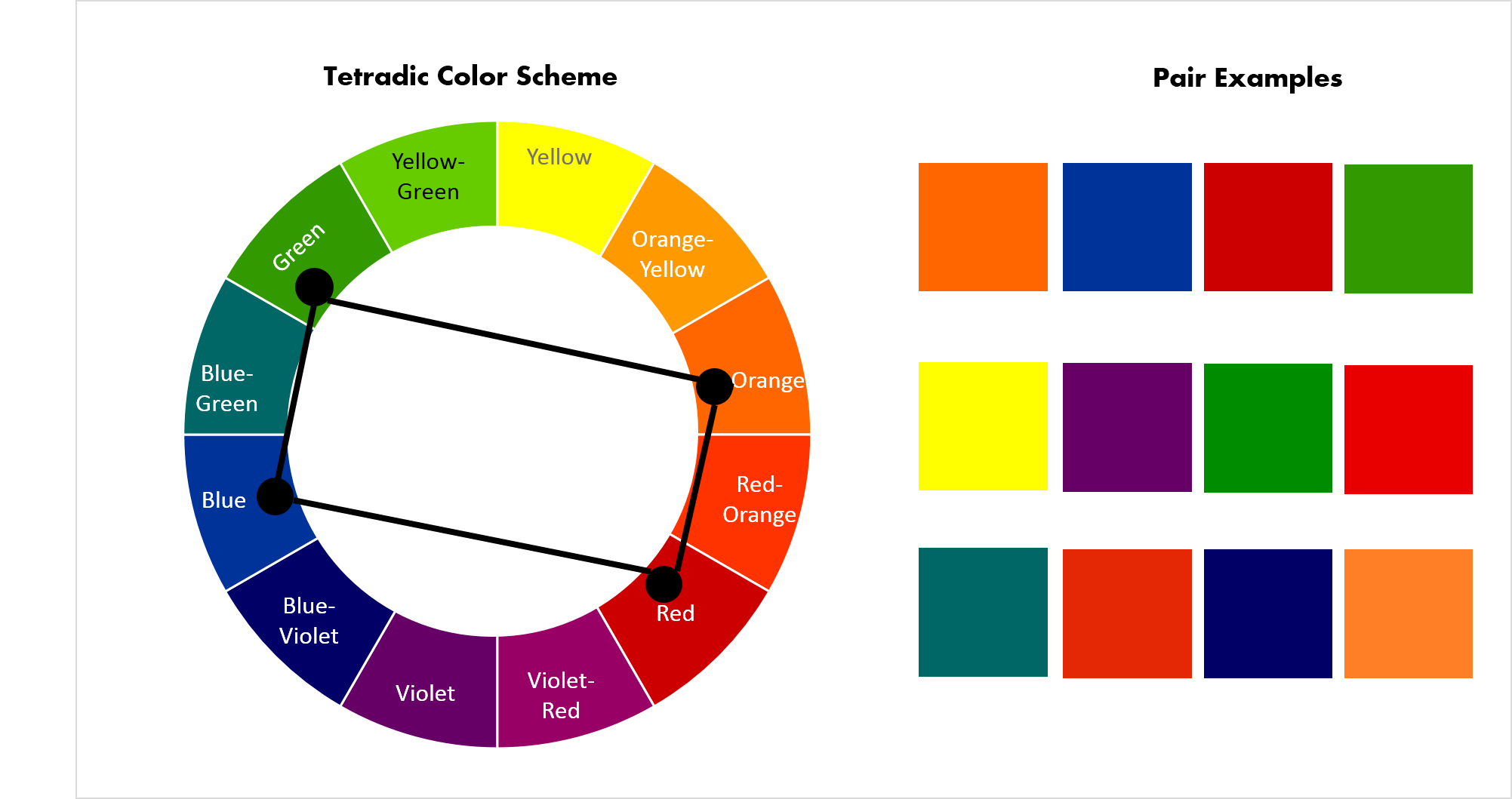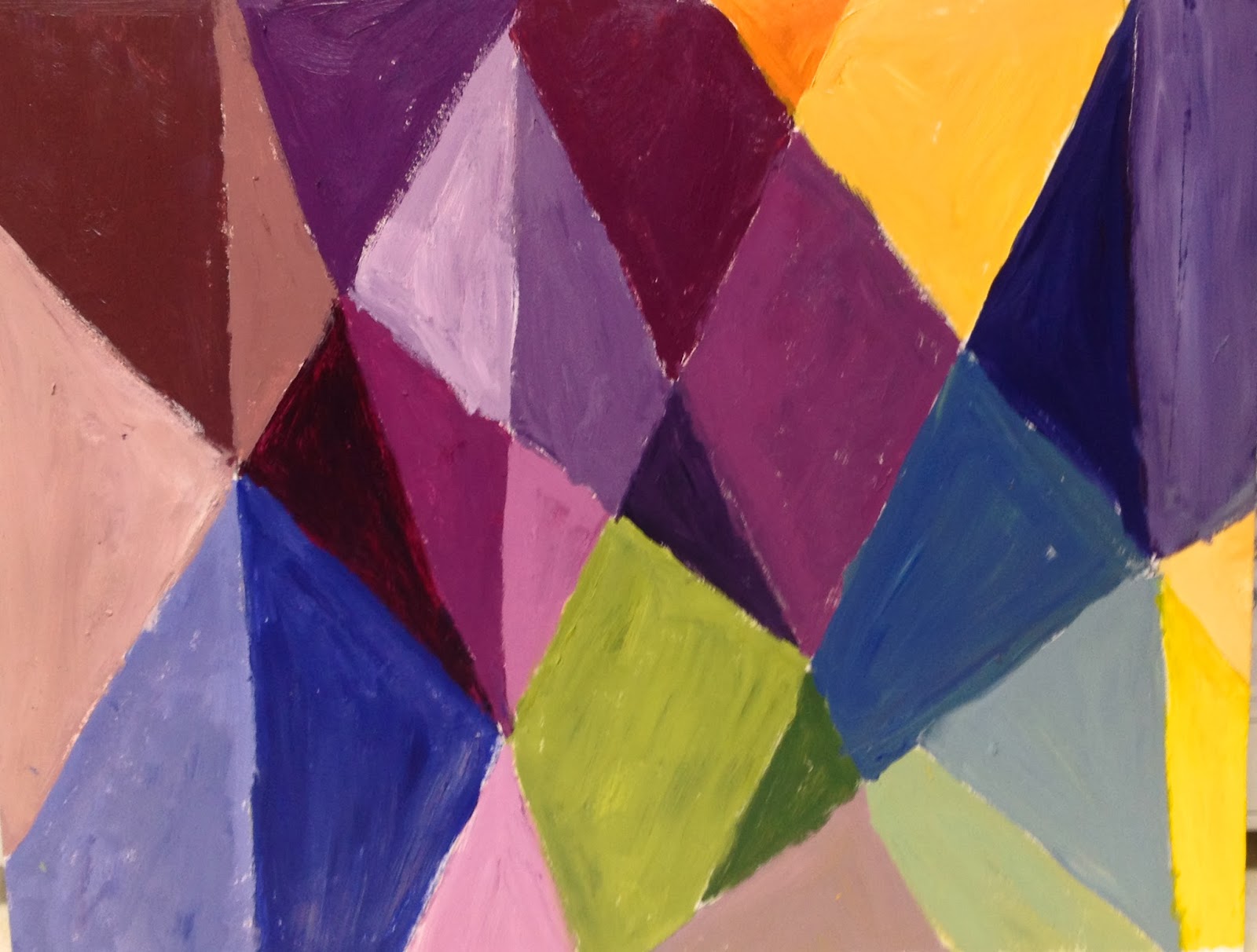Neutral colors are a popular choice for living rooms because of their versatility and timeless appeal. These colors include shades of white, beige, gray, and brown. They create a calm and relaxing atmosphere, making them perfect for any style of living room. Neutral colors also serve as a great base for adding pops of color through décor and accessories. They can make a small living room appear larger and create a sense of balance in larger spaces.Neutral Colors
Warm colors such as red, orange, and yellow are known for their ability to create a cozy and inviting atmosphere in a living room. These colors are associated with energy, happiness, and warmth. They are perfect for creating a welcoming and lively space for entertaining guests. However, it is important to use warm colors sparingly as they can be overwhelming if used too much in a living room.Warm Colors
Cool colors like blue, green, and purple are known for their calming and soothing effects. They can make a living room feel more serene and peaceful, making them a great choice for creating a relaxing space. Cool colors work well in both traditional and modern living rooms and can be easily paired with neutrals for a cohesive look.Cool Colors
Earth tones are colors inspired by nature, such as brown, green, and terra cotta. These colors are warm and inviting, and they can create a cozy and natural feel in a living room. Earth tones work well with a variety of styles, from rustic to contemporary, and can add a touch of warmth and character to any living room.Earth Tones
A monochromatic color scheme involves using different shades of the same color for a cohesive and sophisticated look. This approach works well in living rooms, as it creates a sense of harmony and balance. For example, using different shades of blue can create a calming and elegant space, while different shades of gray can create a sleek and modern look.Monochromatic
Complementary colors are opposite each other on the color wheel, such as blue and orange or green and red. These colors create a bold and striking contrast, making them a great choice for creating a focal point in a living room. However, it is important to use complementary colors in small doses to avoid overwhelming the space.Complementary Colors
Analogous colors are next to each other on the color wheel, such as blue and purple or yellow and orange. These colors create a harmonious and cohesive look in a living room. Using analogous colors can add depth and interest to a space without being too overwhelming. They are a great choice for creating a calm and inviting living room.Analogous Colors
Triadic colors are evenly spaced on the color wheel, such as red, yellow, and blue. This color scheme can create a vibrant and dynamic living room. Using triadic colors can add a sense of energy and playfulness to a space. However, it is important to use the colors in a balanced way to avoid creating a chaotic and overwhelming feel.Triadic Colors
Tetradic colors are four colors evenly spaced on the color wheel, such as blue, green, orange, and purple. This color scheme can create a bold and dramatic living room. Using tetradic colors can add a sense of creativity and personality to a space. However, it is important to use these colors in a balanced way to avoid creating a busy and overwhelming look.Tetradic Colors
Split complementary colors are a variation of complementary colors, where instead of using one opposite color, two adjacent colors are used. For example, instead of using blue and orange, you can use blue, yellow, and red. This color scheme creates a more subtle contrast, making it a great choice for those who want to incorporate bold colors in a more understated way. In conclusion, choosing the right color for your living room can greatly impact the overall look and feel of the space. Whether you prefer a calm and neutral atmosphere or a bold and vibrant one, there are many great options to choose from. Consider the different color schemes and their effects to find the perfect color for your living room. Remember to use colors in moderation and to create a sense of balance for a well-designed and inviting living room.Split Complementary Colors
Choose the Perfect Color Scheme for Your Living Room

Create a Cozy Atmosphere with Warm Colors
 When it comes to choosing colors for your living room, warm tones are always a safe bet.
Reds, oranges, and yellows
can instantly make a room feel cozy and inviting. These colors are also known for stimulating conversation and creating a lively atmosphere.
Earth tones such as browns, beiges, and terracotta
can add a touch of warmth and comfort to any living space. Incorporating these colors through accent pieces, such as throw pillows or artwork, can add a pop of color without overwhelming the room.
When it comes to choosing colors for your living room, warm tones are always a safe bet.
Reds, oranges, and yellows
can instantly make a room feel cozy and inviting. These colors are also known for stimulating conversation and creating a lively atmosphere.
Earth tones such as browns, beiges, and terracotta
can add a touch of warmth and comfort to any living space. Incorporating these colors through accent pieces, such as throw pillows or artwork, can add a pop of color without overwhelming the room.
Make a Statement with Bold Colors
 If you're looking to add a bit of drama to your living room, consider incorporating bold colors.
Deep blues, rich purples, and emerald greens
can add a touch of sophistication and elegance to any space. These colors work well as accent walls or through furniture pieces like a bold-colored sofa or statement rug. However, it's important to balance out these bold colors with neutral tones to avoid overwhelming the room.
If you're looking to add a bit of drama to your living room, consider incorporating bold colors.
Deep blues, rich purples, and emerald greens
can add a touch of sophistication and elegance to any space. These colors work well as accent walls or through furniture pieces like a bold-colored sofa or statement rug. However, it's important to balance out these bold colors with neutral tones to avoid overwhelming the room.
Keep It Simple with a Neutral Color Scheme
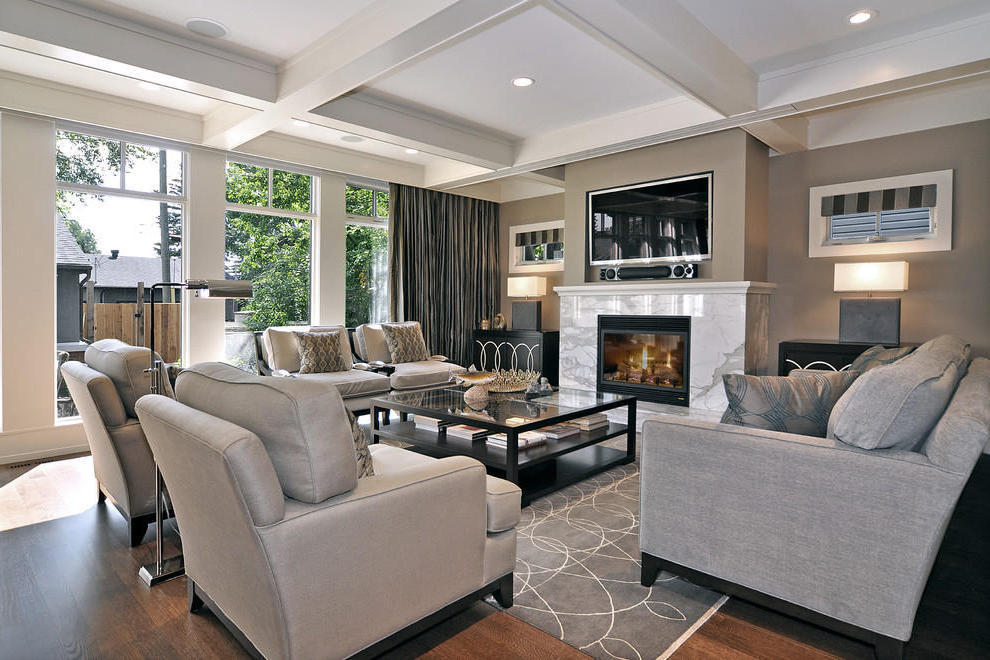 If you prefer a more minimalist and modern look, a neutral color scheme may be the way to go.
Whites, grays, and beiges
can create a clean and sophisticated look in your living room. These colors also allow for more flexibility when it comes to decorating and can easily be incorporated through different textures and patterns. Add a pop of color through accent pieces to bring some personality to the space.
If you prefer a more minimalist and modern look, a neutral color scheme may be the way to go.
Whites, grays, and beiges
can create a clean and sophisticated look in your living room. These colors also allow for more flexibility when it comes to decorating and can easily be incorporated through different textures and patterns. Add a pop of color through accent pieces to bring some personality to the space.
Consider the Lighting in Your Living Room
 When choosing colors for your living room, it's essential to consider the lighting in the space.
Natural light
can make colors appear differently, so it's essential to test out paint samples in different lighting conditions. If your living room has limited natural light, consider using lighter colors to help brighten up the space. If you have ample natural light, you can be bolder with your color choices.
When choosing colors for your living room, it's essential to consider the lighting in the space.
Natural light
can make colors appear differently, so it's essential to test out paint samples in different lighting conditions. If your living room has limited natural light, consider using lighter colors to help brighten up the space. If you have ample natural light, you can be bolder with your color choices.
Don't Be Afraid to Experiment
 Ultimately, choosing colors for your living room should be a fun and creative process. Don't be afraid to experiment with different color combinations and take your time in selecting the perfect hues for your space.
Remember to consider your personal style and the overall aesthetic of your home
when making color choices. With the right color scheme, your living room can become a comfortable and inviting space for you and your guests to enjoy.
Ultimately, choosing colors for your living room should be a fun and creative process. Don't be afraid to experiment with different color combinations and take your time in selecting the perfect hues for your space.
Remember to consider your personal style and the overall aesthetic of your home
when making color choices. With the right color scheme, your living room can become a comfortable and inviting space for you and your guests to enjoy.



:max_bytes(150000):strip_icc()/what-is-a-neutral-color-1973822-03-3fab8b5a361d49638d3de1cbaf579a22.jpg)
/Lee-Edwards-Getty-Images-56a5ae653df78cf7728968ec.jpg)


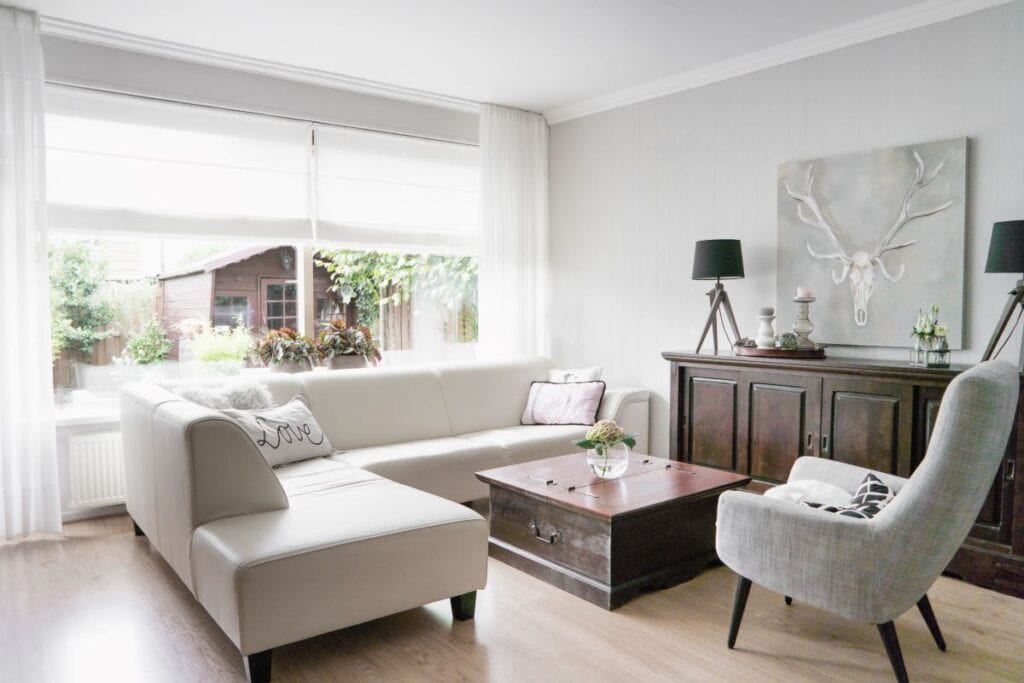
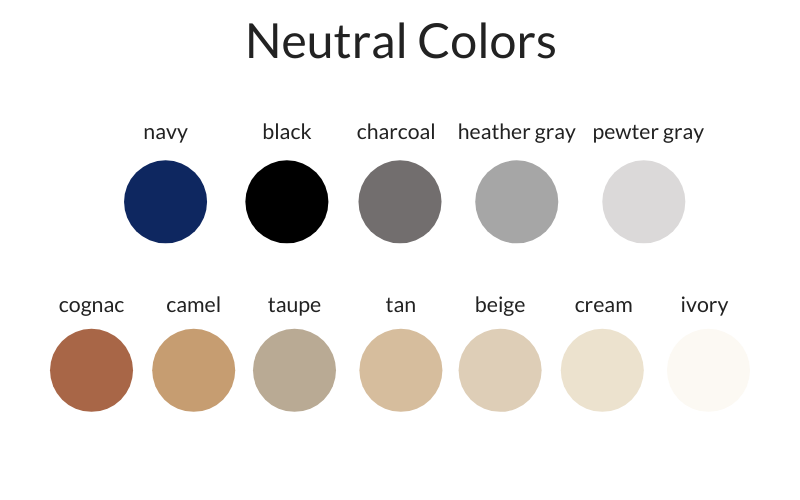
/clark_Kensington_neutrals-57db7f2e5f9b5865164b7baa.png)










































/8231178822_738f0c47cd_o-57c734135f9b5829f46e9338.jpg)


:max_bytes(150000):strip_icc()/Lista_complementarios-56a6e6cb3df78cf77290d98b.png)


















